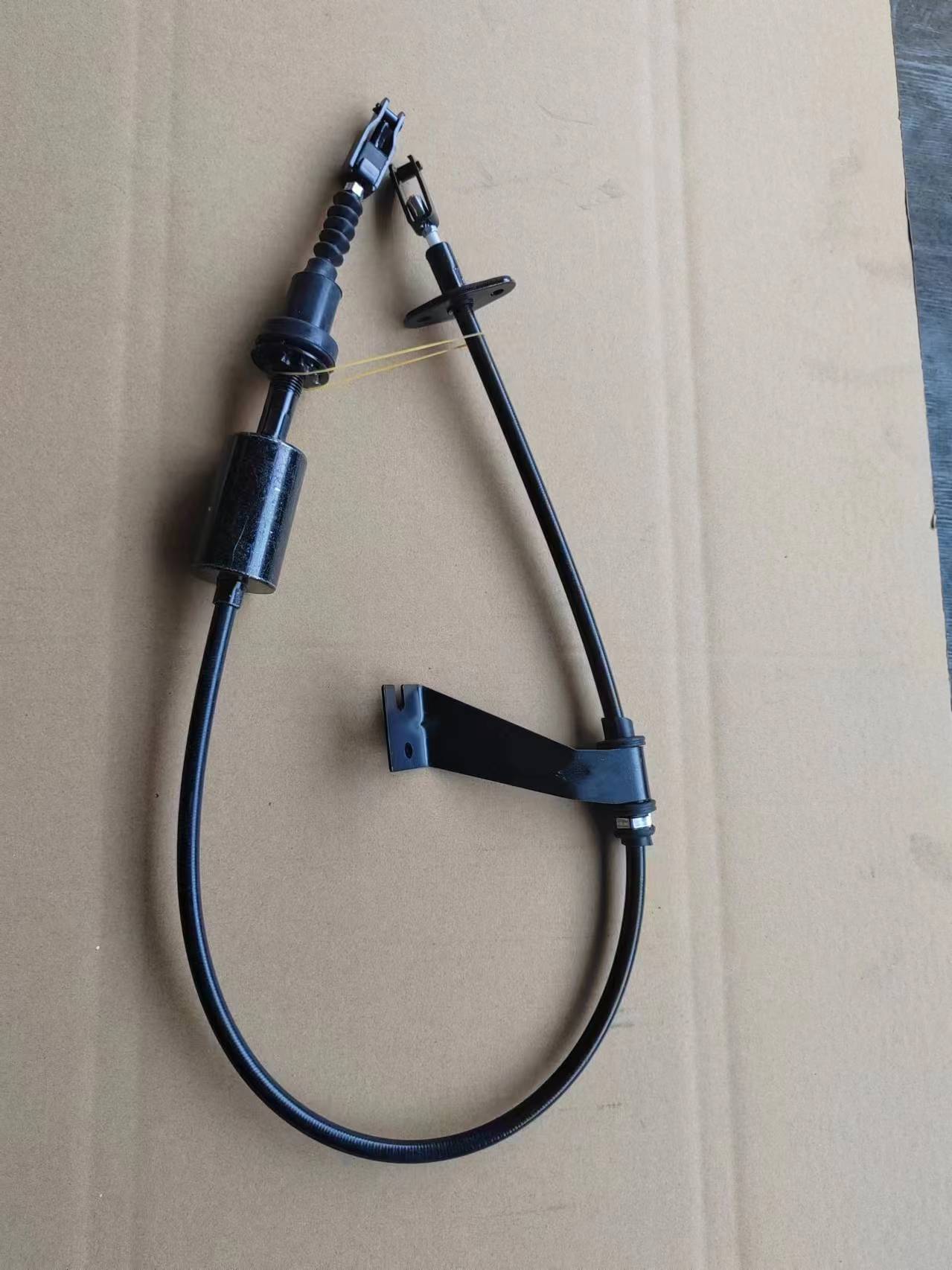Replacing a Broken Handbrake Cable Cost and Considerations for Vehicle Repairs
The Cost of Snapped Handbrake Cables Understanding Repairs and Preventative Measures
A vehicle’s handbrake, also known as the parking brake, is an essential component designed to keep the car stationary when parked. Generally, the handbrake is engaged by pulling a lever or pushing a button, which in turn applies pressure to the rear brakes. However, over time and with wear and tear, the handbrake cable that connects the lever to the braking system can snap. This article explores the costs associated with a snapped handbrake cable, the reasons it may happen, and preventive measures vehicle owners can take.
Understanding Handbrake Cables
Handbrake cables are typically made from metal or steel and are designed to withstand a certain level of tension and strain. However, various factors, including environmental conditions, usage patterns, and maintenance practices, can contribute to the deterioration of these cables. When a handbrake cable snaps, it can lead to significant safety issues, as the vehicle may roll away if it is not secured properly. Therefore, understanding the costs involved in replacing a snapped handbrake cable is crucial for vehicle owners.
Cost of Replacement
The cost of replacing a snapped handbrake cable can vary widely based on several factors. Generally, the price for parts alone can range from $30 to $100. However, this is just the cost of the cable itself and does not include labor or other associated expenses.
When considering repairs, labor costs can add significantly to the overall expense. On average, car repair shops may charge anywhere from $50 to $150 per hour for labor. As replacing a handbrake cable typically takes around 1 to 2 hours, total repair costs (including parts and labor) can range from approximately $100 to $400. However, luxury or performance vehicles may incur higher fees due to specialized parts and labor requirements.
Additionally, some mechanics may recommend replacing more than just the snapped cable. For instance, if the brake system shows signs of wear or damage, other components such as the brake pads or drums may also need to be replaced or serviced, further driving up costs.
Factors Contributing to Cable Failure
There are several reasons why a handbrake cable may snap, and being aware of these can help vehicle owners take preventive measures.
1. Age and Wear Like any other component of a vehicle, handbrake cables have a lifespan. Prolonged use can lead to fatigue and eventual failure. 2. Environmental Factors Exposure to moisture, road salt, and other corrosive substances can cause cables to rust or weaken over time.
snapped handbrake cable cost

3. Improper Use Regularly pulling the handbrake unnecessarily hard can put undue stress on the cable, leading to premature failure.
4. Lack of Maintenance Regular inspections and maintenance can go a long way in identifying potential issues before they become severe. Neglecting maintenance routines can increase the likelihood of a snapped cable.
Preventative Measures
Taking proactive steps can help vehicle owners reduce the likelihood of experiencing a snapped handbrake cable in the first place.
1. Regular Inspections Schedule regular check-ups with a mechanic to inspect the handbrake system. Early detection of wear and tear can lead to timely repairs before total failure occurs.
2. Proper Usage Learn the correct way to engage and disengage the handbrake. Avoid yanking or pulling the lever excessively, as this can lead to unnecessary strain.
3. Keep it Clean Regularly wash the undercarriage of the vehicle, especially during winter months when road salt is prevalent. This can help prevent corrosion of the handbrake cable.
4. Replace Worn Parts Promptly If your mechanic identifies other components in the braking system that are worn or damaged, address these issues promptly to avoid putting extra strain on the handbrake cable.
Conclusion
The cost of a snapped handbrake cable can range from a relatively low expense to a more substantial financial burden, depending on several factors. Vehicle owners should be aware of the reasons behind cable failure and take proactive measures to minimize risks. Regular maintenance, proper usage, and prompt action can help ensure that your vehicle remains safe and functional, ultimately saving money on repairs and ensuring peace of mind on the road.
-
Upgrade Your Vehicle with High-Quality Handbrake CablesNewsNov.01,2024
-
Optimize Your Bike's Performance with Quality CablesNewsNov.01,2024
-
Enhance Your Vehicle's Performance with Quality Clutch ComponentsNewsNov.01,2024
-
Elevate Your Vehicle's Performance with Quality Throttle CablesNewsNov.01,2024
-
Elevate Your Vehicle's Performance with Quality CablesNewsNov.01,2024
-
Affordable Solutions for Your Cable NeedsNewsNov.01,2024
